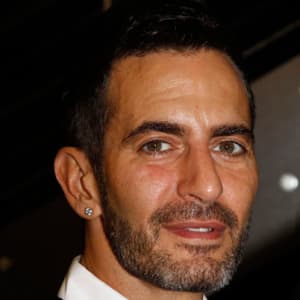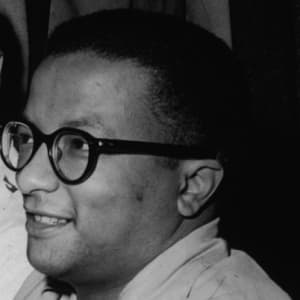
Edwin Moses
American track and field great Edwin Moses earned two Olympic gold medals and won 122 consecutive races in the 400-meter hurdles over the course of a decade.
Synopsis
Born on August 31, 1955, in Dayton, Ohio, Edwin Moses won the 400-meter hurdles at the 1976 Olympics with a world-record time. He began a decade-long streak of 122 consecutive victories in 1977, earning a second gold medal at the 1984 Olympics. After retiring from track, Moses became a competitive bobsledder and influenced drug policies as a member of the U.S. and international Olympic committees.
Early Years
Edwin Corely Moses was born on August 31, 1955, in Dayton, Ohio. The son of two educators, Moses took academics seriously as a child, but also proved a gifted athlete. After stints with the Fairview High School basketball and football teams, he turned to track and gymnastics.
Moses accepted an academic scholarship to Morehouse College in Atlanta, Georgia. The school had a track team but no track, and Moses at first primarily competed in the 110-meter high hurdles, 400 meters and 4 x 100 relays. Despite minimal experience in the 400-meter hurdles, he began to focus on that event in 1976 and qualified for the U.S. Olympic track and field team.
Olympic and Competitive Track Career
Undaunted from the pressure of simultaneously making his international and Olympic debut in the 400-meter hurdles, Moses blazed to a gold medal in a world-record time of 47.63 seconds at the 1976 Summer Games in Montreal, Canada.
The following summer, Moses lost a race to West Germany's Harald Schmid in what would be his last defeat for almost a decade. He graduated from Morehouse with a bachelor's degree in physics in 1978 and soon devoted himself to running full-time. A lithe but powerful 6'2" and 180 pounds, Moses had the ideal body type and technique to achieve the dominance that would define his legacy.
Despite the U.S. boycott of the 1980 Olympics in Moscow, Russia, Moses made his mark on the sport that year with a new world-record time in the 400-meter hurdles. In 1983, he broke the record again with a career-best time of 47.02 seconds, and made news off the track by joining the Athletics Congress to help curb the spread of anabolic steroids in his sport.
Returning to the Olympics on American home soil in 1984, Moses became just the second man to claim a second Olympic gold medal in the 400-meter hurdles. His legendary winning streak came to an end at 122 races three years later, when fellow American Danny Harris edged him by .11 seconds at an event in Madrid, Spain.
Moses made one final Olympic appearance at the 1988 Summer Games in Seoul, Korea, earning a bronze medal despite delivering a personal-best time in an Olympic final.
Post-Track Career
After retiring from track, Moses enjoyed some success as a competitive bobsledder. He earned a bronze medal in a World Cup race in 1990, and finished seventh at the 1991 World Championships.
Moses was nominated in 1992 to serve on the International Olympic Committee Medical Commission. In 1994, he was inducted to the U.S. Track and Field Hall of Fame and received his master's degree in business administration from Pepperdine University.
The Olympic great attempted a limited comeback to the track in the early 2000s, but mainly devoted his energies to various executive duties. Continuing his earlier work against illicit drug use, Moses pioneered the development of drug policies as head of the United States Olympic Committee's substance abuse, research and education committee. He also became chairman of Laureus World Sports Academy, which promotes social change through sports.



